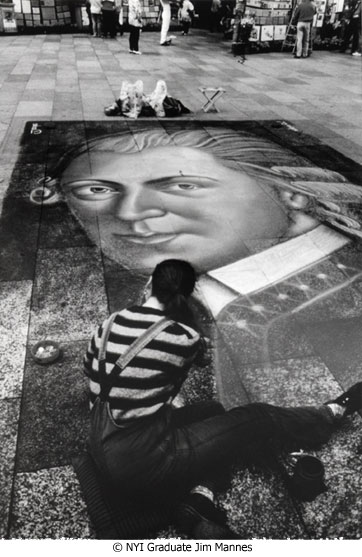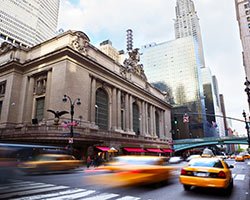
Most people, at this late date, will affirm that photography can be art. The preposterous claim against photography, once wide spread, has all but disappeared with the long acceptance of photographs to be shown in prestigious museums, art galleries, in private collections, in public displays, and elsewhere. The fact that auction prices for photography have reached astonishingly high levels seems to be the "proof of the pudding."
One point often made by those antagonistic toward photography is that it is largely mechanical reproduction. Photography, admittedly, does not have the same spark of creativity found in painting or sculpture. We photographers do not create our pictures from "whole cloth", so to speak. We do not start with Rodin's block of marble, with Wyeth's bare canvas, with Nevelson's wooden crates.
But we do bring a sense of presence to our work. We create a feeling of realism. We make our viewers feel that they are right there in the actual scene, that we are not looking at pictorial representations but at the real actual thing.
Painting and sculpture lack this sense of presence, and it is this sense of presence that forms the basis of this Picture of the Month. The photograph was made by NYIP Student Jim Mannes of Great Falls, Montana.
The three NYIP Guidelines apply, of course — strong subject matter, focusing of attention on the subject, and then simplifying the picture by eliminating the unnecessary items and retaining the needed ones. But this month we should concentrate strongly on the 2nd Guideline (focusing attention on the subject). In short, what did Jim Mannes do to achieve his effects?
He used what is perhaps photography's strongest tool, the sense of presence, to make us feel that we are almost sitting at the street artist's side as she draws (probably with colored chalks). Her subject, probably a prominent 18th century figure, is shown in monumental size and stands in great contrast to the artist herself.
We see the subject of the drawing clearly; the face of the artist remains a mystery to us, though. Would the photographer, Mannes, have accomplished much by showing us the artist's face as well? We don't think so. For there is an enigmatic smile on the portrait subject's face. He knows what the street artist looks like, we do not, and it's his big secret, no?
Is there some inherent symbolism here, too? What about the empty artist's camp stool? Does it belong to the street artist or someone else? We just don't know. And what's the mysterious pile next to the stool; it's not clearly seen, but we think that the photographer wanted it that way.






